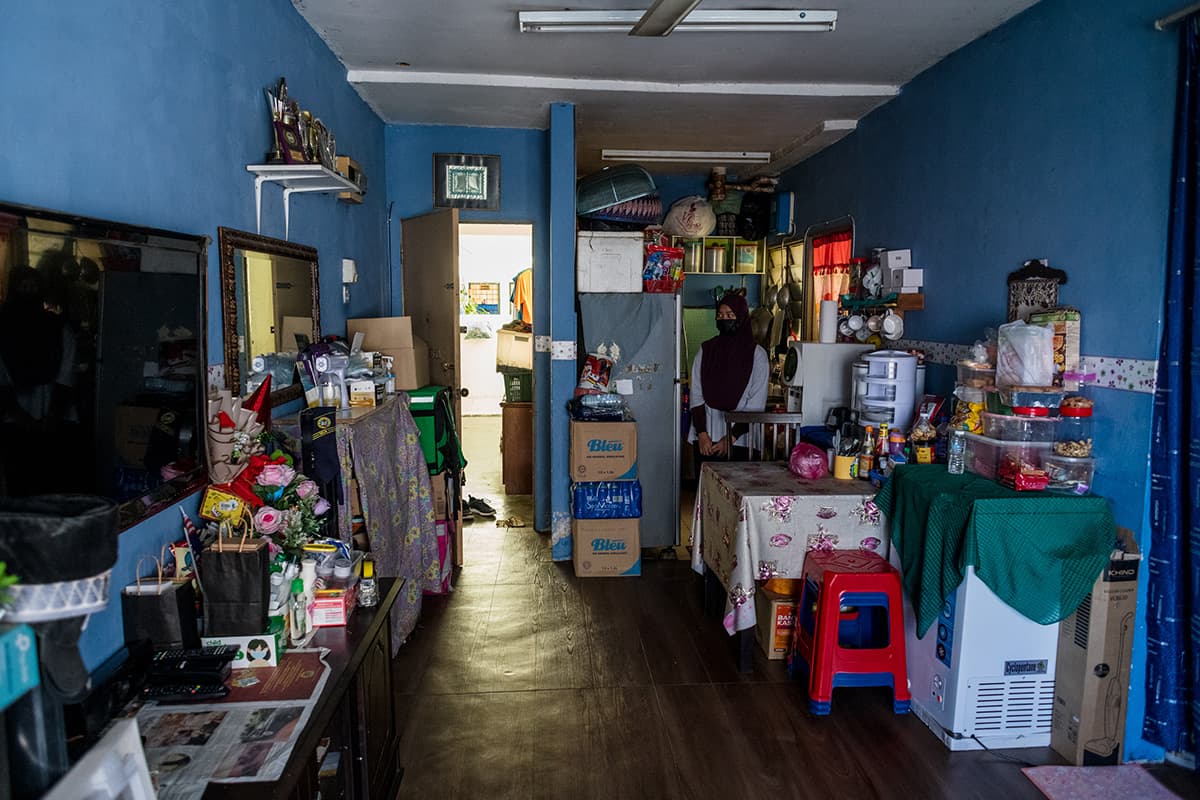
"Better Public Housing, Together"

Jan Gehl, a global leader in people centred urban design said in his TED Talk, "We know much about good habitat for mountain gorillas. We know much about good habitat for Siberian tigers. But we hardly know anything about good urban habitat for homo sapiens."
A subtle shift in mindset has taken place over the years. It has awakened the resolve to ensure homes, particularly for the urban poor, reflect the society's evolution and race to modernisation, boasting people-centric urbanisation that is sustainable, liveable and progressive.
As Malaysia urbanises and systematically expands within the parameters of limited land, challenges of creating homes, especially for the B40 communities is a priority. Access to housing must transcend from a shelter provision towards a space that protects and accords an inclusive, safe and clean environment which promotes access to opportunities, and facilitates upward social mobility.
Across Malaysia, almost 3 Million people live in 4,500 public and private low-cost strata housing schemes. Significantly, of all the high-rise public housing population nationwide almost 65% of them, or 1.76 million, lived in the Klang Valley region. This translates to almost 25% of the Klang Valley population . The low-income earning families living in these strata flats are often daily wage earners and a higher than average proportion are single mothers. Many of these households live meal by meal, making ends meet where they can.

Malaysia's public housing projects (PPRs) remain the best option for the B40, offering low rents and purchase options. Other affordable and low-cost property remain out of the grasp of the B40 community, particularly those living below the Poverty Line Income. These PPRs served its purpose at inception, uplifting the lives of the B40 community, upgrading living conditions, raising health dividends and eradicating slums. However, growing concerns on its effectiveness have come under scrutiny as it has created pockets of deprivation in the community, further compounded by the turbulence of the pandemic. In addition to that, the physical structure of the PPR buildings, its surrounding environment, access to education, employment, healthcare service provisions and infrastructure continue to be a growing issue for the B40 community.

The existing conditions at PPRs call for public and private sectoral and sub-sectoral reform of policies and programmes. Basic access and transportation affordability, improved opportunities for community interaction and recreation and the preservation of greenspace are some key identifiers of structural improvisations. Poor maintenance and rapid dilapidation of structures call for facility designs that accommodate the widest range of potential users, including people with disabilities and other special needs, and supports accessibility, community cohesion and equity objectives, particularly safe spaces for children to live, play and learn.
To jointly discuss address the key issues surrounding liveability in the public housing domain, Malaysia's first ever Public Housing Liveability Conference, Rights To The City will discuss the latest thinking, issues and challenges that are upending the lives of the rakyat at PPRs. Themed "Better Public Housing, Together" the conference which is presented by Think City in collaboration with Citi Foundation, will seek avenues through advocacy, cross sector collaboration, research and policy to better lives and liveability at PPRs.
